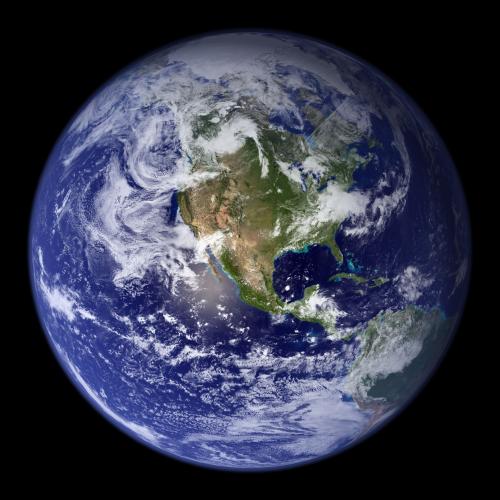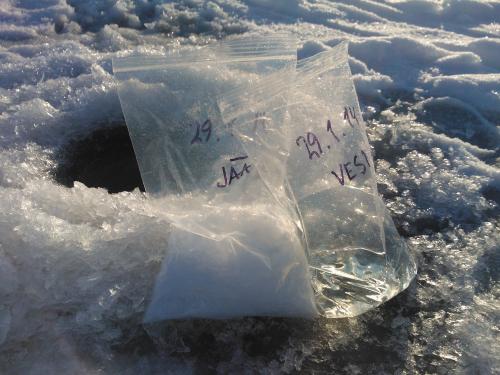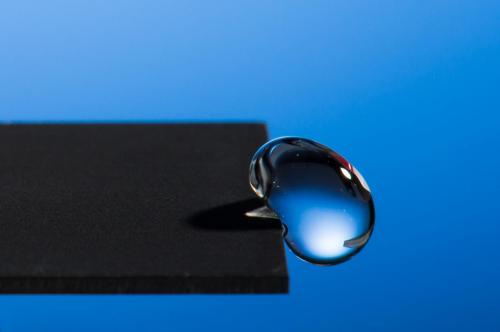In June the state of Florida made an unusual announcement: it would sue the U.S. Army Corps of Engineers over the corps’s plan to reduce water flow from reservoirs in Georgia into the Apalachicola River, which runs through Florida from the Georgia-Alabama border.
Water is needed to generate energy. Energy is needed to deliver water. Both resources are limiting the other—and both may be running short. Is there a way out?
 Florida was concerned that the restricted flow would threaten certain endangered species. Alabama also objected, worried about another species: nuclear power plants, which use enormous quantities of water, usually drawn from rivers and lakes, to cool their big reactors. The reduced flow raised the specter that the Farley Nuclear Plant near Dothan, Ala., would need to shut down.
Florida was concerned that the restricted flow would threaten certain endangered species. Alabama also objected, worried about another species: nuclear power plants, which use enormous quantities of water, usually drawn from rivers and lakes, to cool their big reactors. The reduced flow raised the specter that the Farley Nuclear Plant near Dothan, Ala., would need to shut down.
Georgia wanted to keep its water for good reason: a year earlier various rivers dropped so low that the drought-stricken state was within a few weeks of shutting down its own nuclear plants. Conditions had become so dire that by this past January one of the state’s legislators suggested that Georgia move its upper border a mile farther north to annex freshwater resources in Tennessee, pointing to an allegedly faulty border survey from 1818. Read more
 For those of us confined to living on the surface, the fact that our world is mostly covered in water is a well known fact. But how much of our planet is made up of water, exactly? Like most facts pertaining to our world, the answer is a little more complicated than you might think, and takes into account a number of different qualifications. Read more
For those of us confined to living on the surface, the fact that our world is mostly covered in water is a well known fact. But how much of our planet is made up of water, exactly? Like most facts pertaining to our world, the answer is a little more complicated than you might think, and takes into account a number of different qualifications. Read more




